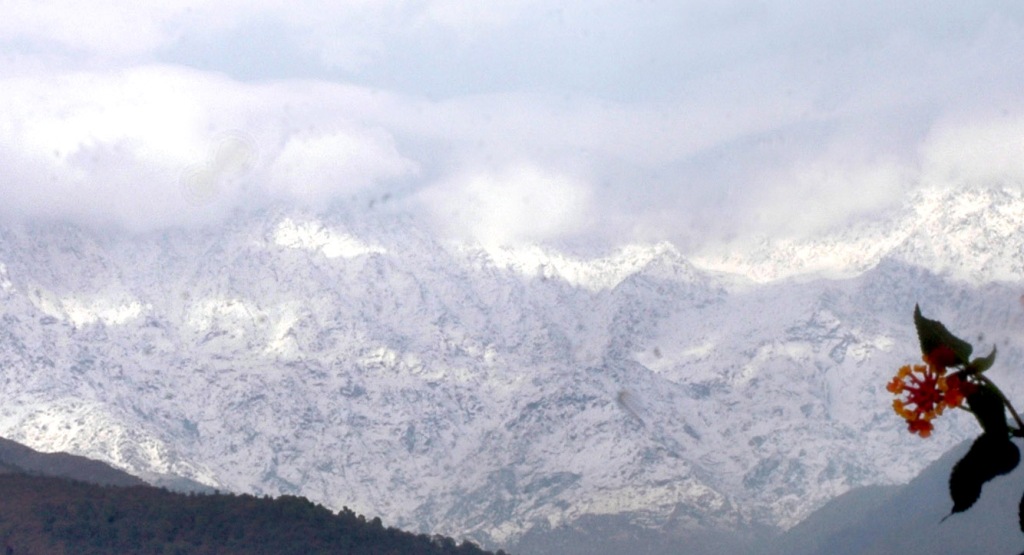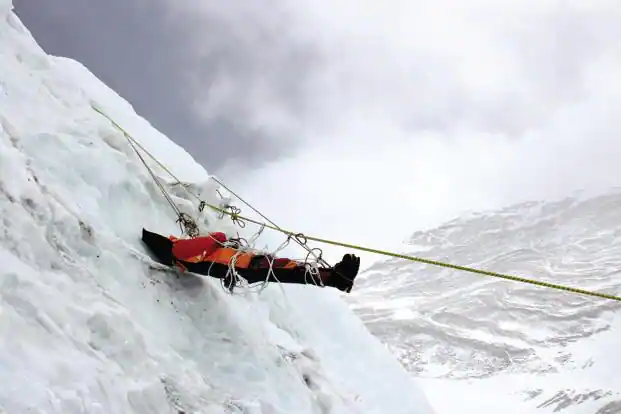When B. Gopal, a young tourist from Kerala, set off to explore the majestic Himalayas, his family could not have imagined the tragedy that awaited. Gopal, just 21, was visiting Himachal Pradesh’s Kinnaur district when he began suffering from severe high-altitude sickness. Though admitted to the Rekong Peo Hospital and later transferred to Indira Gandhi Medical College in Shimla, he did not survive. His story, tragically, is not unique. Just two months earlier, another trekker from Idukki, Kerala, died in Uttarakhand while attempting to scale Garur Peak due to respiratory failure.
Each year, numerous tourists succumb to the effects of high-altitude sickness in the pristine but challenging inner Himalayas. These regions, while drawing visitors with their beauty, also present hidden dangers due to their extreme altitudes, where thinner air and reduced oxygen can lead to potentially fatal conditions. Despite its predictability, high-altitude sickness remains poorly understood by many travellers and is insufficiently managed in India’s high-altitude tourism spots.
Understanding High-Altitude Sickness
High-altitude sickness, or Acute Mountain Sickness (AMS), occurs when the body cannot acclimatize to high elevations, typically over 8,000 feet (2,400 meters). As altitude increases, the air pressure and oxygen levels decrease, leading to hypoxia—a shortage of oxygen in the body’s tissues. Early symptoms of AMS include headache, nausea, fatigue, and shortness of breath. If left untreated, it can escalate into high-altitude pulmonary edema (HAPE), a life-threatening condition where fluid accumulates in the lungs, or high-altitude cerebral edema (HACE), where fluid collects in the brain. Both conditions require immediate medical intervention, and descent to lower altitudes is often the only way to prevent fatal outcomes.

At higher altitudes, the body tries to adjust by increasing the breathing rate, which can cause hyperventilation, and produce more red blood cells to carry oxygen, which thickens the blood and strains the heart. In cases of HAPE, fluid accumulation in the lungs exacerbates breathing difficulties, while HACE causes symptoms like confusion, hallucinations, and even coma. These effects underscore the importance of gradual ascent, acclimatization, and awareness about altitude sickness among those planning to visit high-altitude destinations.
Inadequate Healthcare Infrastructure at High Altitudes
While the Himalayan states witness a steady stream of tourists, healthcare facilities beyond major towns like Shimla are woefully inadequate to handle cases of high-altitude sickness. Leh, in the Union Territory of Ladakh, serves as a model, having developed specialized facilities for high-altitude ailments. Yet, most high-altitude regions lack this kind of infrastructure. Collaboration between state and central governments could address this gap, providing not only necessary care but also strengthening these border areas’ resilience.
Immediate and preventive measures are also lacking. Basic preventive screenings or health checks at entry points for tourists venturing into high-altitude areas could save lives. Such protocols could mirror the erstwhile “Inner Line Permit” system, whereby tourists entering high-altitude zones like Kinnaur or Lahaul-Spiti undergo screenings at base hospitals, like those in Rekong Peo. Only those who pass a basic fitness test would be allowed to proceed to higher altitudes. This proactive approach would ensure that unprepared tourists do not risk their lives unnecessarily.

Need for Mandatory Registration and Data Collection
To better manage high-altitude tourism, it is essential to implement a mandatory registration system for tourists entering remote mountain areas. Registrations, stored in a state government database, would allow authorities to monitor tourist movement and respond swiftly in case of emergencies. Additionally, engaging stakeholders—such as local tourist guides, hotel owners, high-altitude porters, and local bodies—in this registration and monitoring system could create a robust support network for travellers.
Such records would also support research on high-altitude illnesses by tracking demographic patterns and risk factors, helping scientists better understand how altitude impacts various populations. The data could ultimately guide state policies on healthcare and safety protocols in high-altitude zones.
Prevention and Early Intervention
The primary cause of high-altitude sickness is rapid ascent without allowing the body time to acclimatize. Gradual ascent, which allows the body to adapt to lower oxygen levels, is the best way to prevent high-altitude illnesses. According to the Wilderness Medical Society, travellers ascending above 3,000 meters should take a rest day every three to four days and avoid increasing their sleeping elevation by more than 500 meters per day.
For travellers at moderate to high risk of AMS, doctors recommend medications like Acetazolamide, which aids acclimatization by promoting better oxygenation, or Dexamethasone, a steroid that reduces inflammation in severe cases. Those with a history of HAPE may take Nifedipine as a preventive measure, starting a day before ascent. However, no prophylactic medication guarantees complete immunity, and anyone travelling to high altitudes with pre-existing health conditions should first consult with a doctor familiar with altitude-related risks.
Treatment Strategies for High-Altitude Illness
When high-altitude sickness does develop, the most effective treatment is immediate descent to lower altitudes. Symptoms usually improve significantly with a descent of 300–1,000 meters. Supplemental oxygen or a portable hyperbaric chamber, if available, can also help alleviate symptoms of AMS and HACE in emergencies. Pharmacological treatments, such as acetazolamide and dexamethasone, may provide short-term relief, but descent remains the cornerstone of treatment.
Policy Recommendations
To safeguard tourists and reduce fatalities from high-altitude illnesses, the following steps are recommended:
- – Establish state-of-the-art medical facilities in high-altitude regions of the Himalayas for the treatment of high-altitude sickness.
- – Create research centres dedicated to studying high-altitude illnesses in these states to advance understanding and prevention strategies.
- – Equip Himalayan states with air-ambulance services for rapid medical evacuation in emergencies.
- – Implement mandatory registration for all high-altitude travellers to monitor health conditions and movement.
- – Provide comprehensive health and safety information on government websites and at check-in points.
Awareness and Preventive Measures required
High-altitude tourism is an opportunity to experience the Himalayas’ unparalleled beauty, but it comes with serious risks. Awareness, preventive measures, and policy intervention can prevent tragic outcomes like those faced by Gopal and others. As tourism grows in these regions, state and central governments must take immediate steps to develop infrastructure, implement preventive screenings, and educate travellers on the hazards of high-altitude sickness. In doing so, they will ensure that the mountains remain a place of wonder, not of preventable loss.
Article by Tikender Singh Panwar and Dr Malay Sarkar
Tikender Singh Panwar is a former deputy mayor of Shimla and is engaged with the Union and Kerala state governments in policy building on urban affairs.
Dr Malay Sarkar is a Professor and Head of the Department of Pulmonary Medicine, IGMC, Shimla
Former deputy mayor Shimla.
National convenor, NCU, National Coalition for Inclusive & Sustainable Urbanisation.



